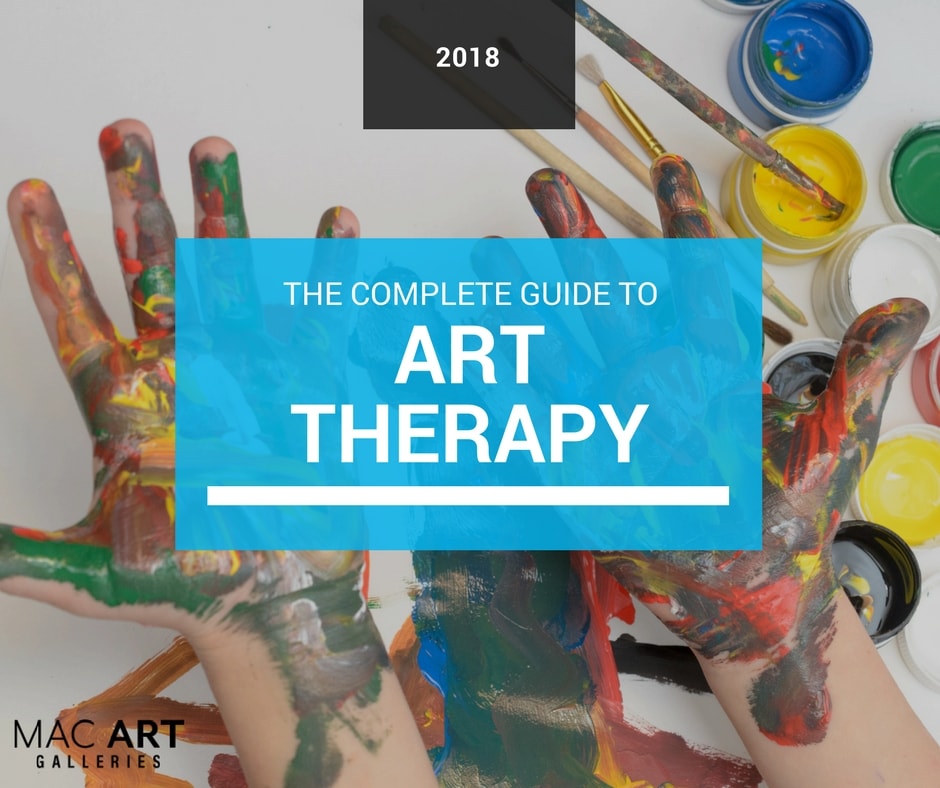Benefits of Art Therapy
Art therapy is a powerful form of therapy that utilizes the creative process of making art to improve one’s physical, mental, and emotional well-being. It provides individuals with a safe and non-judgmental space to express themselves and explore their thoughts and feelings. In this article, we will delve into the numerous benefits of art therapy and how it can positively impact individuals of all ages.
Enhances Self-Expression
Art therapy encourages individuals to express themselves freely through various artistic mediums such as painting, drawing, sculpting, or collage-making. By engaging in the creative process, individuals can communicate their emotions, experiences, and inner thoughts that may be difficult to express verbally. This form of self-expression can be particularly beneficial for those who struggle with communication or have experienced trauma.
Promotes Emotional Healing
Engaging in art therapy can provide a therapeutic outlet for individuals to process and heal from emotional pain or trauma. Through art-making, individuals can externalize their emotions and gain a deeper understanding of their experiences. The act of creating art can be cathartic, allowing individuals to release pent-up emotions and find solace in the process. Art therapy has been shown to reduce symptoms of anxiety, depression, and stress.
Boosts Self-Esteem and Confidence
Art therapy can significantly enhance self-esteem and confidence levels. When individuals engage in the creative process and witness their own artistic creations, they often experience a sense of accomplishment and pride. This positive reinforcement can help individuals build confidence in their abilities and foster a greater sense of self-worth. Art therapy also provides a platform for individuals to receive validation and support from the therapist, further boosting their self-esteem.
Enhances Problem-Solving Skills
The process of creating art often involves making decisions, solving problems, and experimenting with different techniques and materials. Art therapy helps individuals develop and enhance their problem-solving skills as they navigate through artistic challenges. This skill translates beyond the art therapy session, enabling individuals to approach real-life problems with a more creative and open mindset.
Provides Stress Relief
Engaging in art therapy can serve as a form of stress relief and relaxation. The act of creating art can be meditative and soothing, allowing individuals to focus their attention on the present moment and temporarily escape from daily stressors. Art therapy has been found to reduce cortisol levels, a hormone associated with stress, and promote a sense of calmness and relaxation.
Encourages Self-Exploration and Insight
Art therapy provides a unique opportunity for individuals to explore their inner thoughts, feelings, and experiences in a safe and supportive environment. Through the process of creating art, individuals can gain insights into their own emotions and experiences, leading to a greater understanding of themselves. This self-exploration can facilitate personal growth, self-discovery, and increased self-awareness.

Art therapy offers a multitude of benefits for individuals seeking to improve their well-being. From enhancing self-expression and promoting emotional healing to boosting self-esteem and problem-solving skills, art therapy provides a holistic approach to therapy. Consider incorporating art therapy into your wellness routine to experience the transformative power of creativity.
Frequently Asked Questions about the Benefits of Art Therapy
1. What is art therapy?
Art therapy is a form of therapy that utilizes the creative process of making art to improve mental, emotional, and physical well-being.
2. How does art therapy benefit individuals?
Art therapy can benefit individuals by promoting self-expression, reducing stress, enhancing self-esteem, improving communication, and fostering personal growth.
3. Who can benefit from art therapy?
Art therapy can benefit people of all ages, including children, adolescents, adults, and the elderly. It can be particularly beneficial for individuals dealing with trauma, anxiety, depression, or other mental health issues.
4. What art materials are used in art therapy?
Art therapists use a variety of materials such as paints, pencils, clay, collage materials, and other art supplies to facilitate the creative process.
5. How does art therapy promote self-expression?
Art therapy encourages individuals to express their thoughts, emotions, and experiences through the creation of art. This can help individuals explore and communicate their inner world in a non-verbal way.
6. Can art therapy help with managing stress?
Yes, art therapy can be an effective tool for managing stress. Engaging in the creative process can help individuals relax, reduce anxiety, and provide a healthy outlet for emotions.
7. Does art therapy improve self-esteem?
Art therapy has been shown to improve self-esteem by allowing individuals to create something unique and meaningful. The process of creating art and receiving positive feedback can boost self-confidence and self-worth.
8. How does art therapy enhance communication?
Art therapy can enhance communication by providing a non-verbal means of expression. It can help individuals convey their thoughts, feelings, and experiences that may be difficult to express verbally.
9. Can art therapy be used in conjunction with other therapies?
Yes, art therapy can be used alongside other therapies such as counseling or psychotherapy. It can complement and enhance the therapeutic process by providing additional avenues for self-reflection and exploration.
10. Are there any specific populations that benefit greatly from art therapy?
Art therapy has shown to be particularly beneficial for populations such as individuals with autism spectrum disorder, individuals with chronic illnesses, survivors of trauma, and individuals experiencing grief or loss.




